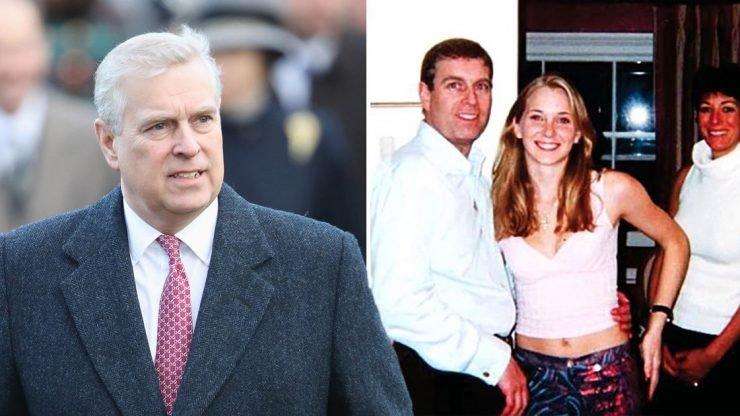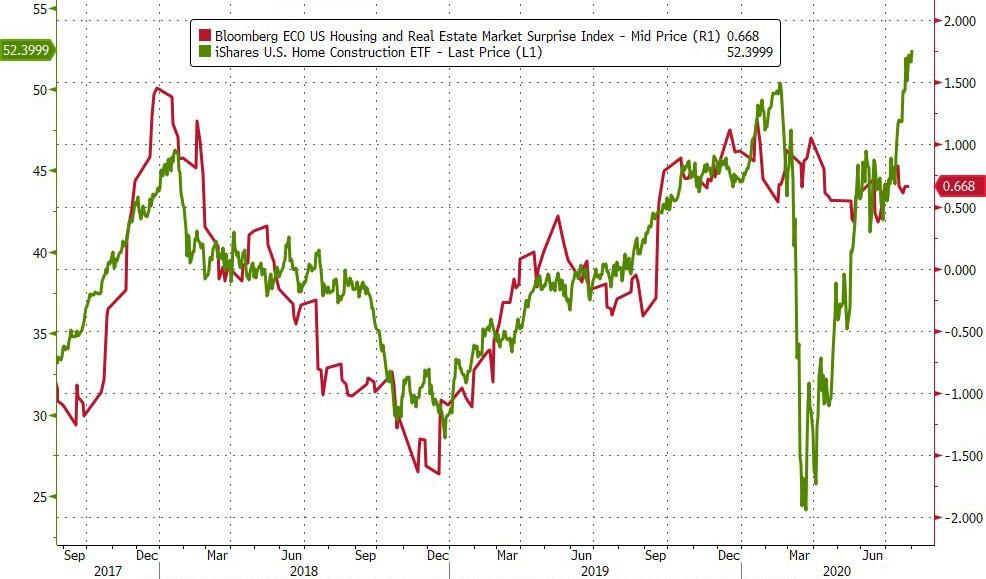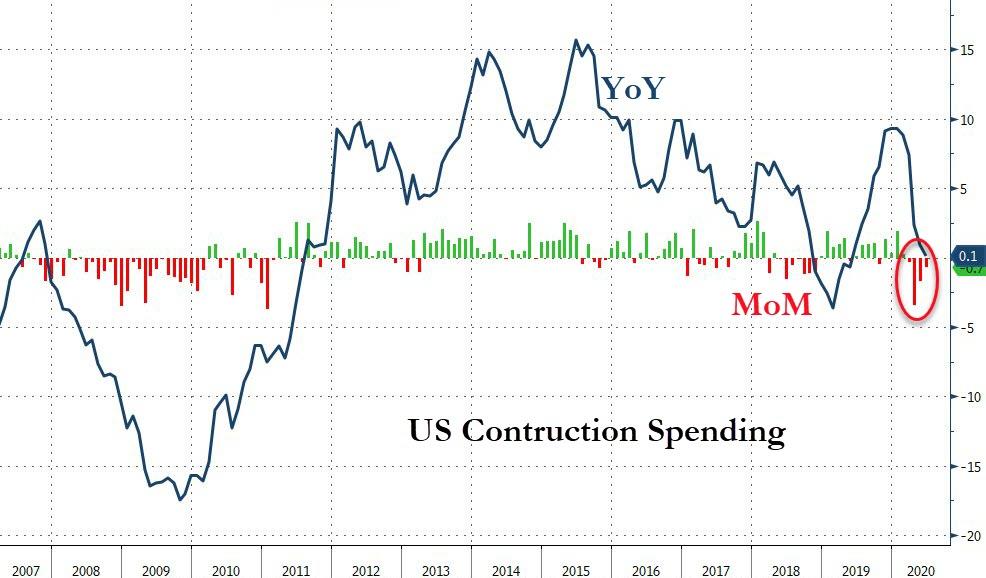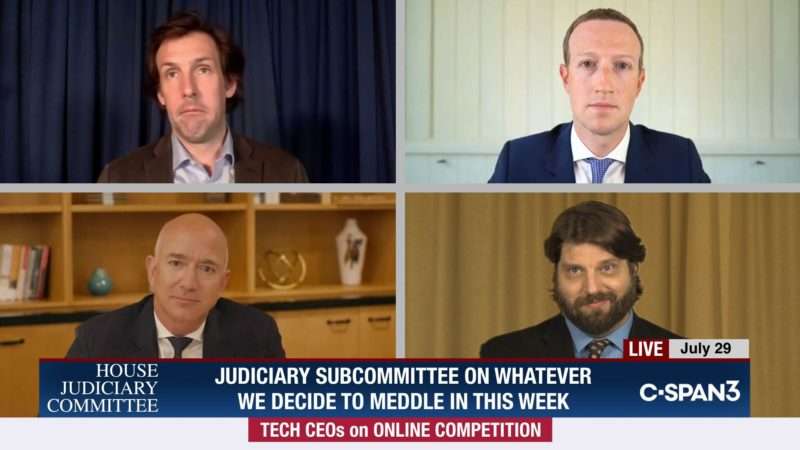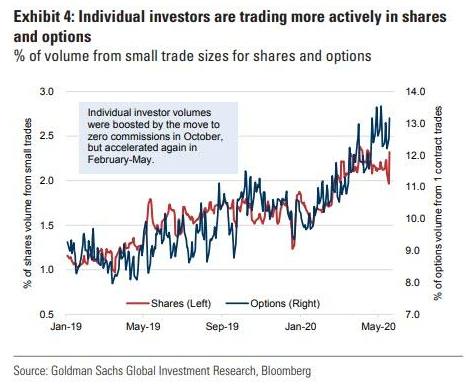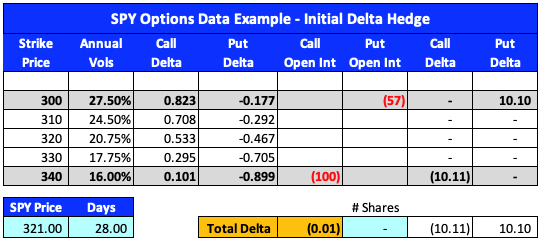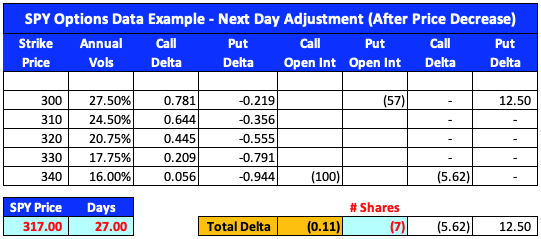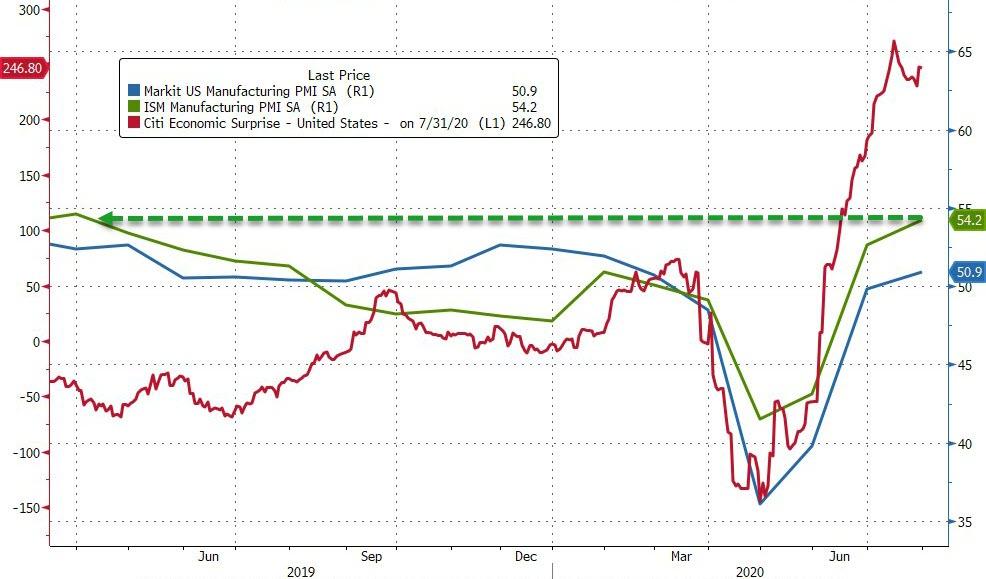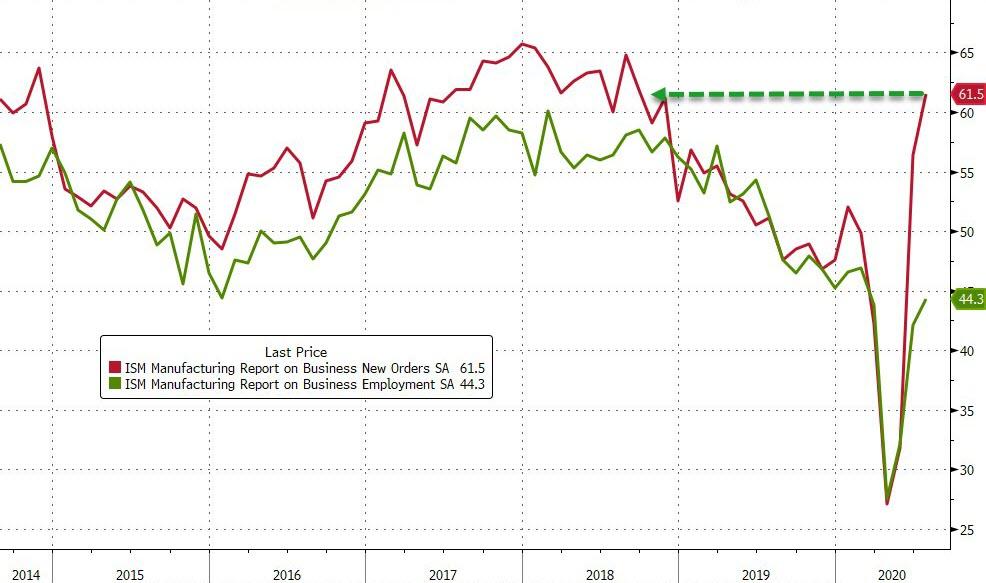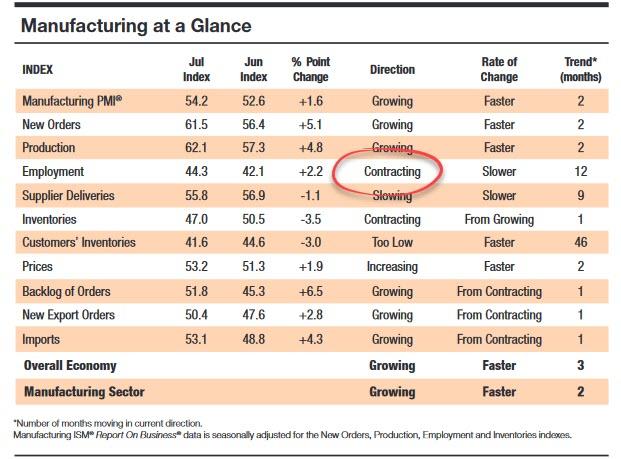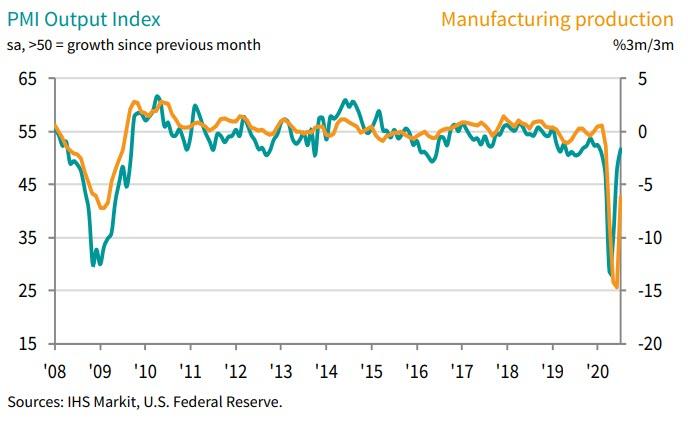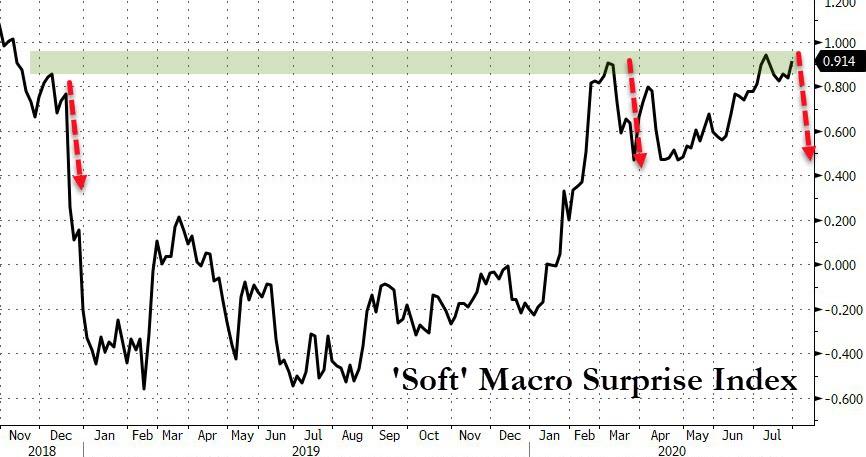Last week the Roberts Court reached its nadir. I summarized Joan Biskupic’s four-part leak series here. Today, Newsweek has published my editorial. The title is stark, but warranted: A Supreme Court divided cannot stand. John Roberts must step up or step off.
Here is the introduction.
The Supreme Court has turned into a sieve. Last week, CNN reporter Joan Biskupic published a four–part series that revealed the high court’s private deliberations. Even worse, the leaks were designed to advance specific narratives about which justices are strong and which are weak. Chief Justice John G. Roberts is all-powerful. Justice Neil Gorsuch appears decisive. Justice Brett Kavanaugh looks weak and ineffective. And Justice Elena Kagan lurks in the background, eager to lend a helping hand to form a moderate coalition. We do not know who leaked the information to the press. It could have been the justices, their law clerks or even allies outside the Court. Frankly, it doesn’t matter. These leaks have no doubt destroyed trust and camaraderie on the Court. Relationships will become distant, and the workplace will become even more toxic. There is only one person who can restore order to the Court: Chief Justice Roberts.
Alas, I doubt the George W. Bush appointee is up to the task. Roberts fancies himself the second coming of the great Chief Justice John Marshall. Not even close. Instead, now he more closely resembles one of his lesser-known predecessors, Chief Justice Warren Burger. In 1979, Bob Woodward and Scott Armstrong published the groundbreaking book, The Brethren. The reporters interviewed several of the justices and hundreds of Court staff to peel back the curtain. They revealed internal Court squabbles, painted some of the justices as partisans and highlighted Burger’s inept leadership. This book tore the justices apart and created distrust for decades. Burger, an ill-suited chief justice, could do nothing to heal those wounds. Roberts now faces an even greater crisis of confidence. Unless he can rise to the occasion, and plug these leaks, the Roberts Court will tear itself apart. A Supreme Court divided cannot stand. If Roberts cannot unite the Court, he must leave it.
I offer five specific steps Chief Justice Roberts can take to bring the Court back in order. Here are the highlights:
- “First, the chief justice must immediately issue a public statement, on his own behalf, about the leaks. “
- “Second, after the chief justice publicly denounces the leaks, he must bring his colleagues on board.
- “Third, after all of the justices agree to condemn the leaks, Roberts must meet with his colleagues, one at a time. He should personally ask them whether they spoke to Biskupic or authorized someone to speak on their behalf—expressly or impliedly.”
- “Fourth, Roberts should talk to every law clerk, staff member and employee of the Court, one at a time. Unlike the justices, they can be fired.”
- “Fifth, and finally, all of the justices should then pledge that for the next term, in the midst of a presidential election, there will be no disclosures.”
And here is the conclusion:
If by next July, Roberts cannot step up to this challenge—either through his own ineptitude or his own malfeasance—then he should step down from the Court. I don’t reach this conclusion lightly. But leadership matters even more than jurisprudence. Roberts continually frustrates me with his calculating approach to deciding cases. Indeed, this never-ending balancing act may have contributed to the toxic climate among the justices. Yet, I can live with Roberts’ frustrating legal reasoning—it will have a short shelf-life. Most justices are forgotten as soon as they retire, and their precedents fade just as quickly. Roberts will suffer that fate, sooner or later.
However, I cannot abide by a crumbling Supreme Court. I would much rather have a competent chief justice who I constantly disagree with, but who can manage the Court, than a failed chief justice who sometimes writes decisions I partially approve of while the Court tears itself apart. An occasional five to four victory, which throws crumbs to the Right, is not enough to sit by idly as a whirlwind demolishes the marble palace from the inside. And I lay down this marker knowing full well that President Joe Biden will likely nominate Roberts’ replacement. Chief Justice Merrick Garland, anyone?
This op-ed will be controversial. But I hope it begins a process for the Court to bring itself back into order. I cannot abide by the status quo, which will rip the Court apart.
from Latest – Reason.com https://ift.tt/3goPy0V
via IFTTT
